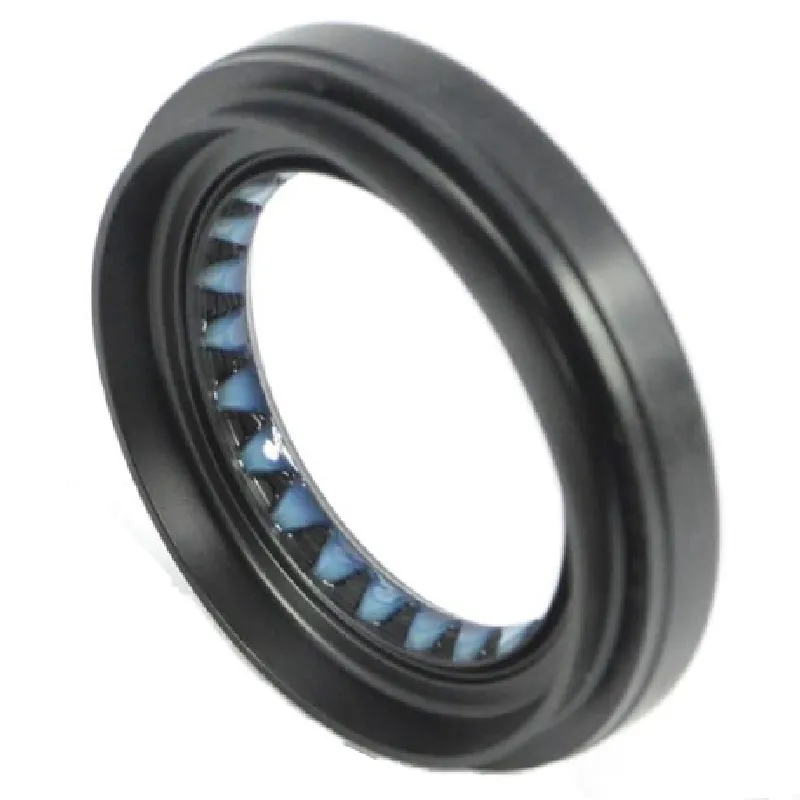Understanding the Role of Oil Seals in Power Steering Systems and Their Importance
Understanding the Importance of Oil Seals in Power Steering Systems
Oil seals play a critical role in a vehicle's power steering system, ensuring efficient operation and preventing fluid leaks. Power steering systems are vital for enhancing maneuverability and reducing the physical effort required to steer a vehicle. One of the components that contribute significantly to the reliability and performance of these systems is the oil seal.
What is an Oil Seal?
An oil seal is a mechanical component designed to prevent the leakage of lubricants or fluids while keeping contaminants out. In the context of power steering, oil seals are typically found around the steering gear and pump. They serve as barriers, helping maintain the hydraulic pressure necessary for the system to function effectively.
Functionality in Power Steering Systems
Power steering operates using hydraulic fluid to amplify the driver’s steering efforts. When you turn the steering wheel, the power steering pump circulates hydraulic fluid through the system, assisting in turning the wheels. Oil seals ensure that this hydraulic fluid remains contained within the system. If an oil seal fails, it can lead to fluid leaks, resulting in decreased performance and eventually leading to steering failure.
Types of Oil Seals Used in Power Steering
There are several types of oil seals used in power steering applications, including
1. Lip Seals These have a flexible lip that makes contact with the rotating shaft, creating a snug fit that prevents leaks. 2. O-Rings Commonly used for static sealing applications; they can also be found in some dynamic settings within power steering systems. 3. Polymer Seals Made from durable materials that can withstand chemical exposure and temperature fluctuations.
oil seal power steering

Choosing the right type of oil seal is crucial for ensuring the longevity and reliability of the power steering system
.Signs of Oil Seal Failure
Understanding the signs of oil seal failure can help vehicle owners prevent more severe issues. Some common indicators include
- Fluid Leaks Puddles of hydraulic fluid under the vehicle can indicate a leak caused by a damaged oil seal. - Stiff Steering If turning the steering wheel becomes difficult, it may suggest a drop in hydraulic fluid levels due to a leak. - Whining Noise A whining sound when steering could signal that the power steering pump is struggling due to low fluid levels.
Preventive Measures and Maintenance
Regular maintenance can extend the life of oil seals and the power steering system as a whole. Here are some tips for vehicle owners
1. Regular Fluid Checks Periodically check the power steering fluid levels and top them off as necessary. 2. Inspect for Leaks Regularly inspect the area around the power steering system for signs of fluid leaks. 3. Replace Worn Seals If signs of wear are detected, replace oil seals promptly to prevent fluid loss and maintain system integrity.
Conclusion
Oil seals are essential components in the power steering systems of modern vehicles. Their ability to prevent fluid leakage while excluding contaminants ensures that the system operates efficiently. Recognizing the importance of these seals and maintaining them properly can lead to a safer driving experience and prolong the lifespan of the power steering system. Vehicle owners should remain vigilant for signs of oil seal wear and be proactive in their vehicle maintenance routines to ensure optimal performance. In doing so, they can not only enhance their driving experience but also avoid potentially costly repairs in the future.
-
Understanding Automotive Oil Seals: Essential Components for Engine and Shaft Protection
News Jul.30,2025
-
The Importance of Heavy Duty Seals in Industrial and Residential Applications
News Jul.30,2025
-
Exploring Industrial Oil Seals: From Felt Oil Seals to TTO and CFW Solutions
News Jul.30,2025
-
Essential Guide to Oil Seals: From Radial to Metal-Cased Seals for Industrial Reliability
News Jul.30,2025
-
Choosing the Right Oil Seals and Gaskets for Industrial and Automotive Applications
News Jul.30,2025
-
Cassette Seals: Durable Sealing Solutions for Harsh Environments
News Jul.30,2025
-
Understanding the Front Main Engine Seal: Purpose, Maintenance, and Installation
News Jul.29,2025
Products categories















